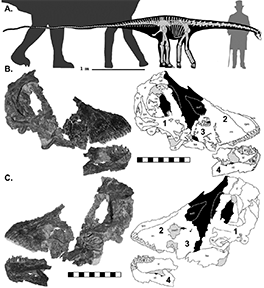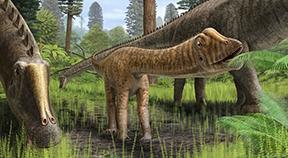Related Stories
- Popular posts: BLM's most viewed blogs of 2025
- Using science to uncover mysteries of the Mesa archaeological site in Alaska
- Agua Fria National Monument: A desert oasis with a rich history and a vital present
- Monument map earns ‘finalist’ honors in global GIS awards
- BLM Fire and National Conservation Lands managers collaborate to meet shared goals


